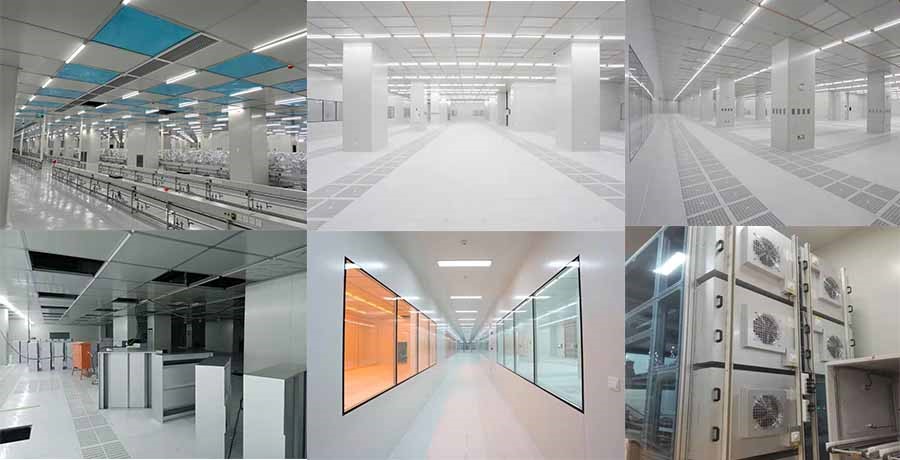COMPANY NEWS
What is clean room?
A clean room, refers to the removal of particulates, harmful air, bacteria, and other pollutants in the air within a certain space, and the indoor temperature, cleanliness, indoor pressure, and airflow speed. It is a specially designed room with airflow distribution, noise vibration and lighting, and static control within a certain range of requirements. That is, no matter how the external air conditions change, the interior can maintain the characteristics of cleanliness, temperature, humidity, and pressure that were originally set.

The laminar air flow moves into a uniform straight line. The air enters the room through a filter with a coverage rate of 100% and is returned by the raised floor or the partition walls on both sides. This type is suitable for the environment where the clean room level needs to be set higher. Use, generally its clean room grade is Class1-100. It can be divided into two types:
1. Horizontal laminar flow: The horizontal air is blown out from the filter in one direction, and the air is returned by the return air system of the opposite wall. The dust is discharged outdoors with the wind direction, and the pollution is generally more serious on the downstream side. Advantages: The structure is simple, and it can become stable in a short time after operation. Disadvantages: The construction cost is higher than that of turbulent flow, and the indoor space is not easy to expand.
2. Vertical laminar flow: The ceiling of the room is completely covered with ULPA filters, and the air is blown from top to bottom, which can achieve higher cleanliness. The dust generated during the process or by the staff can be quickly discharged outside without affecting other Work area. Advantages: easy to manage, stable state can be reached within a short time after the operation starts, and it is not easy to be affected by the operation state or the operator. Disadvantages: The construction cost is high, the flexible use of space is difficult, the ceiling hanger takes up a lot of space, and the maintenance and replacement of the filter is troublesome.
The stringent cleaning requirements of a cleanroom are associated with its inherently high production costs. However, if planned in advance, the cost can be greatly reduced:
1. Accurately define the clean room level to meet the process requirements.
2. Accurately define the clean room air temperature and humidity to meet the process requirements.
3. The exhaust air volume outside the clean room should meet the minimum requirements of the process, and the exhaust air management procedure should be carried out at the beginning.
4. Reduce the pressure drop of air ducts and pipes by determining the maximum and minimum values of equipment wind speed and implement these guidelines throughout the construction process.
